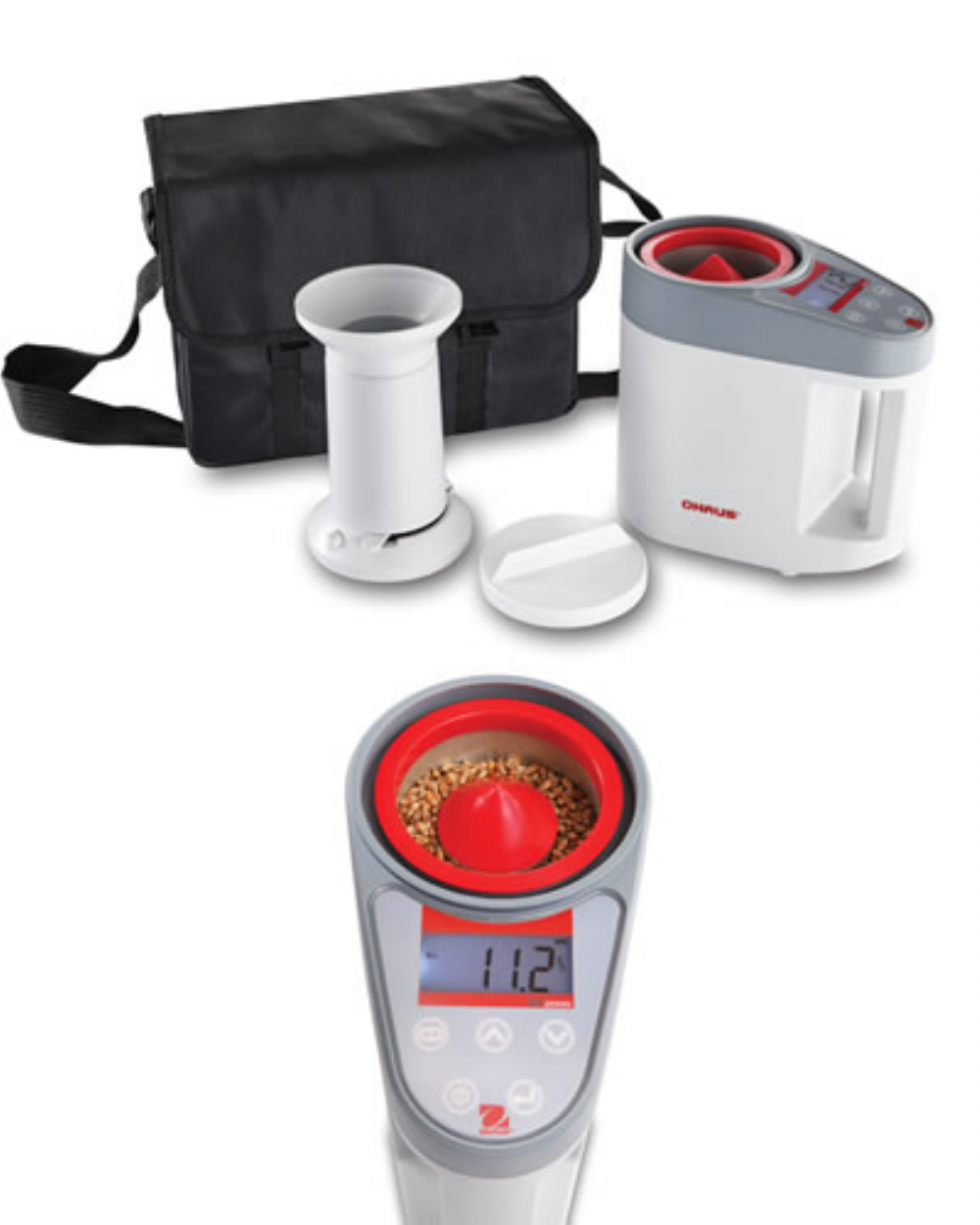When the grain is harvested normally, the moisture ranges between 18-25%. For safe and long-term storage, the moisture of wheat should be maximum 13.5%-14%, and the moisture rate in barley storage should be 12-14%. The moisture content of corn used in animal nutrition should not exceed 18%. Differences in humidity from the required rate cause problems in product quality. High humidity causes mold, sprouting, toxins, fungi, harmful insects and germination very quickly in wheat. Wheat with high moisture content has low dry matter content, low nutritional value and low commercial value. It is also important that the moisture content of the grains is very low; very dry wheat becomes brittle and breaks easily in transport. By measuring the amount of moisture during grain purchase, this ratio should be used to determine the true value of the grain.
Grain moisture meter is a device that measures the moisture content of grains such as wheat, barley, and plants such as corn, oats, paddy, soybean. With these devices, the moisture content of roughage such as straw, hay, clover can also be measured.







